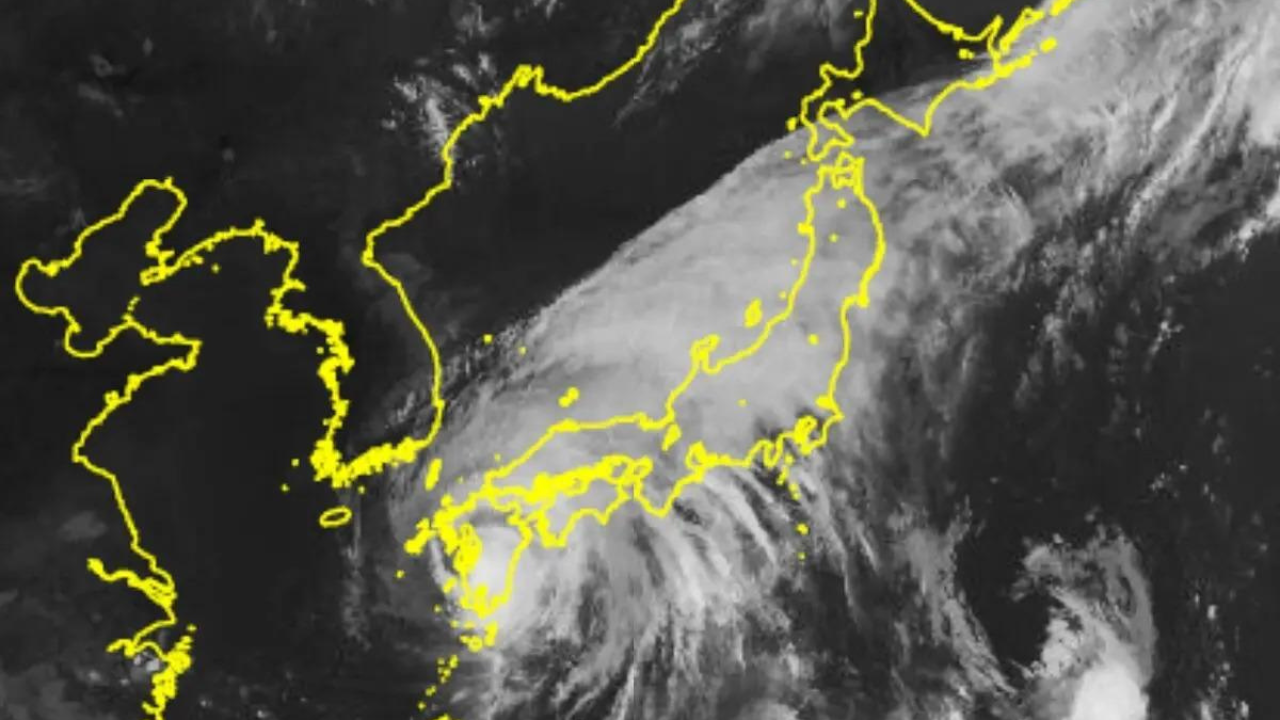The Japan Meteorological Agency (JMA) issued its highest-level warnings, urging residents in affected areas to seek refuge in community centres and other public facilities.In Kyushu, rainfall could reach up to 60 cm (23.6 inches) within 24 hours, raising further concerns, the Associated Press reported.
The storm slowly advanced northwards at 15 kph (9 mph), with sustained winds of 144 kph (89 mph). The heavy downpour caused a landslide that buried a house in the central city of Gamagori, resulting in the deaths of three residents and injuring two others.
On the southern island of Amami, where the storm had already passed, a person was knocked down by a wind gust while riding a motorcycle, according to the Fire and Disaster Management Agency.
Footage from Japan Broadcasting Corporation showed walls torn and window glass of buildings broken in Miyazaki with objects scattered on the street or hanging from utility poles.
Authorities warned the storm could be one of the strongest ever to hit the region, and local governments have issued evacuation orders for millions of residents in several prefectures, as reported by Reuters news agency.
More than 250,000 households in seven prefectures are experiencing power outages, according to Kyushu Electric Power Co.
Yoshifumi Matsumura, Japan’s Disaster Management Minister, warned that the typhoon could bring “unprecedented” levels of violent winds, high waves, storm surges, and heavy rain. He urged people, particularly older adults, to prioritise safety and seek shelter promptly.
The storm’s impact has led to widespread disruption, with hundreds of domestic flights cancelled and train services suspended across southwestern Japan. Postal and delivery services have also been halted in Kyushu, and many supermarkets and stores have closed as a precaution.
Weather and government officials are concerned about extensive damage as the typhoon slowly sweeps up the Japanese archipelago over the next few days.
Source : Times of India









